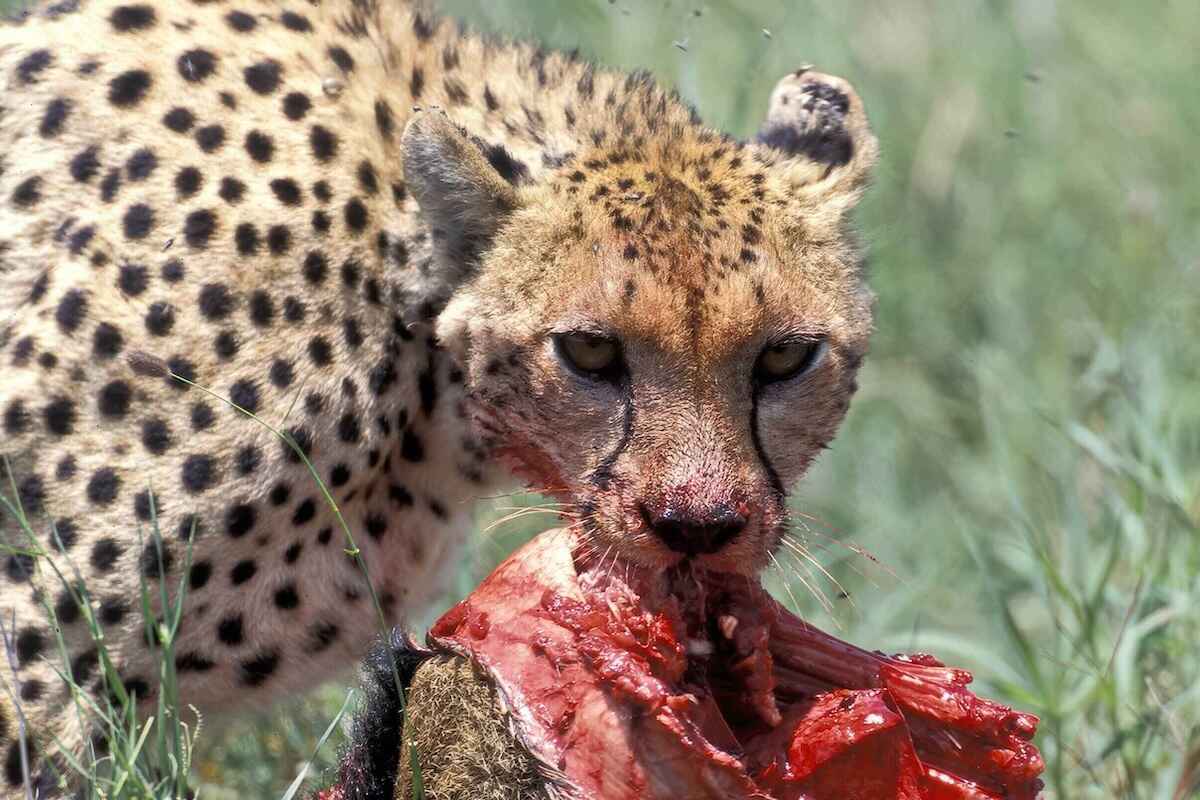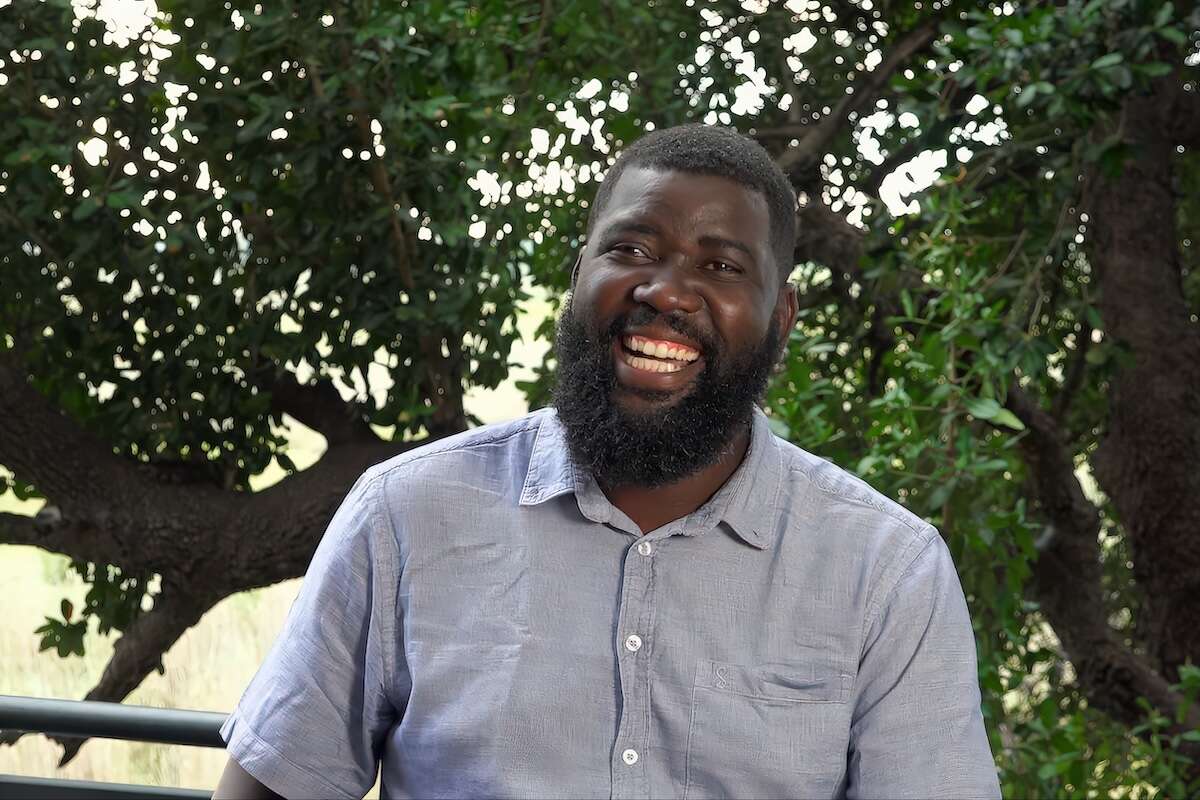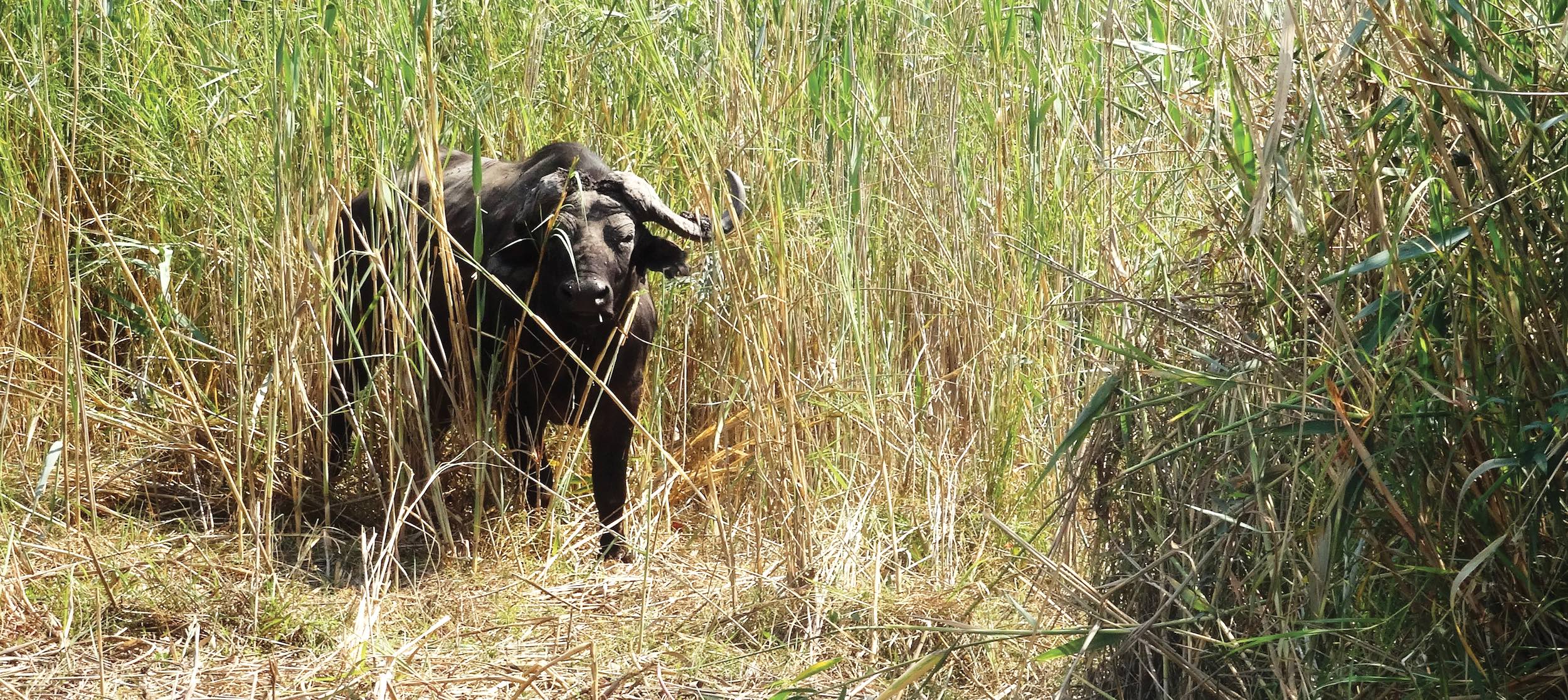
Rewarding sustainable conservation hunting in Namibia
Horns and Tusks, Claws and Fangs – The Weapons and Tools of Wild Animals
By Namibia Professional Hunting Association
8th August 2020
Hunting is part of Namibia’s wildlife conservation strategy as it provides income from wildlife for landowners and people living in communal conservancies. By allocating tangible value to wildlife outside state protected areas, Namibia has managed to expand the habitat available for wild animals on both freehold and communal land. The Namibian government therefore refers to good hunting practices as conservation hunting
in recognition of its clear benefits for wildlife conservation and the economy.
Different types of conservation hunting serve different purposes: meat or ‘biltong’ hunting contributes to food security and generates income from the meat sold; culling is practised on fenced farms as a management tool to prevent land degradation caused by too many herbivores; trophy or selective hunting involves selling small numbers of adult male animals at premium prices primarily to international hunting clients. In all three hunting types the meat and hides of the animals are used, with minimal wastage.
The last category of hunting has come under fire in the international media due to the impression that the only purpose of this type of hunting is to take a “trophy” – the horns, tusks and skulls of animals. While some hunters are indeed obsessed with bagging large trophies with little regard for how their hunts contribute to wildlife conservation, many are concerned about their conservation impact. They want hunting experiences in large areas of intact natural habitats that support healthy, well-managed wildlife populations, and they want their trophy fees to support wildlife conservation.
The Namibia Professional Hunting Association (NAPHA) recognises that an over-emphasis on large trophies can have negative consequences for wildlife conservation. Animals that develop large horns, tusks or manes (in the case of lions) during early adulthood should be kept in the population for as long as possible to ensure that they have the chance to pass their genes to the next generation. Those genes may be lost if trophy hunters target these animals in the prime of their lives. Although large horns, tusks and manes are not the only indicators of healthy gene pools, dramatic declines of these measurable characteristics over time can indicate over-hunting.
As with any industry that involves many different suppliers (hunting outfitters) and consumers (their clients), it is difficult to control what everyone does using legislation and fines alone. There is a more promising approach, however, to encourage hunters to minimise their impact on genetics by targeting truly old animals that have already bred many times in their lives and are now replaced by younger males. This is the new Age-Related Trophy Measuring System that NAPHA introduces as its standard way of scoring hunting trophies.
Hunters measure the horns, tusks or skulls of the animals they have bagged and the scores from these measurements are entered into international record books maintained by hunting associations. These records can have a positive influence on wildlife management, because any area that continues to produce animals that score highly in the record books over long periods of time must be practising sustainable hunting methods. The problem with this record-keeping system is that hunting younger animals with exceptional trophy qualities may be inadvertently rewarded. NAPHA’s new trophy measuring system is thus designed to penalise hunters for taking immature animals (regardless of how large the trophy is) and reward them with bonus points for taking animals that are past their prime. This shifts the emphasis away from taking big trophies and towards taking old, big trophies that reflect good wildlife management practices.
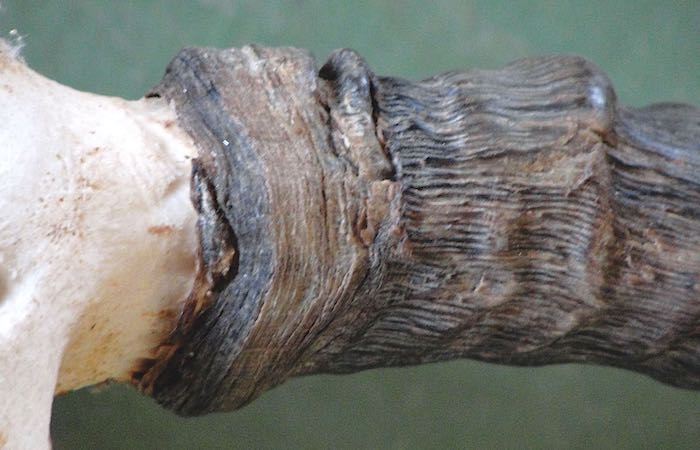
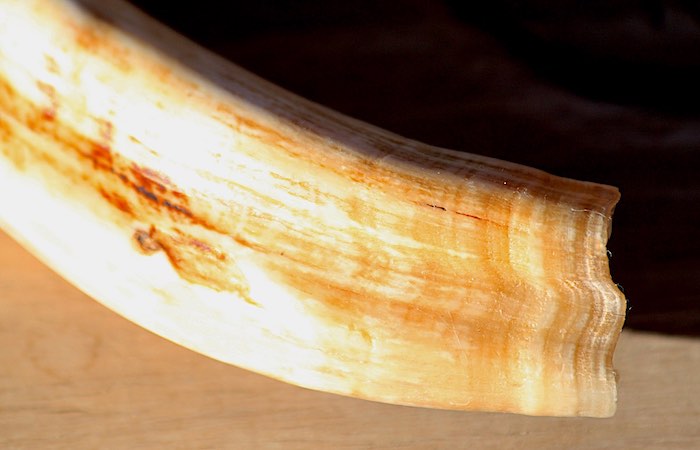
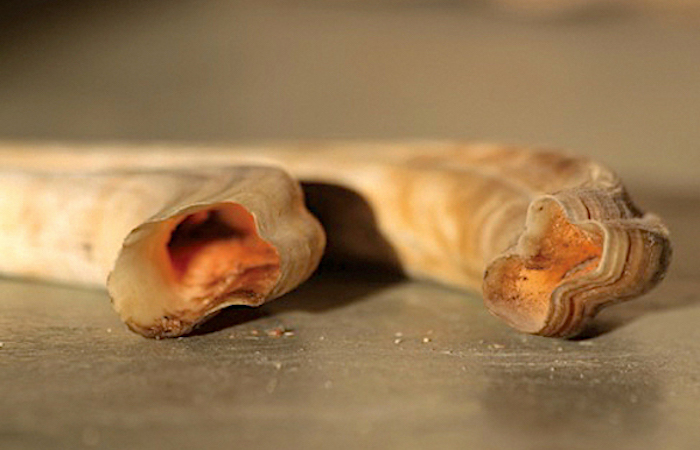
In 2010 the Erongo Verzeichnis Group put together a working group of experienced NAPHA affiliated hunters to determine what visible features of a trophy could be used to determine the age of different species. For practical purposes, they do not try to age animals precisely (e.g. number of years), but rather categorise them according to their life stage. Animals in the immature stage of life cannot yet breed and should therefore not be hunted at all. Those in their prime, which are actively breeding, could be hunted but the trophy will not qualify for a bonus. Past-prime animals that have had many years of breeding and are approaching the end of their natural lives are ideal hunting targets. Hunters who bring these trophies for measurement will thus be rewarded with age-related bonus points.
Although determining the age of a trophy is quite technical, the system is based on knowledge of how the horns, tusks and skulls grow and change over time. Immature antelope, for example, have soft, velvety tissue around the base of their horns that is lost once the animal reaches its prime. During their prime, the horn growth slows down and the horns become hard and polished. Over time the horn will show signs of age, like secondary growth around the base and possibly some change in colour, indicating reduced levels of testosterone in old males.
The working group developed similar detailed criteria for animals with tusks (i.e. elephant and warthog) and carnivores. The latter are measured according to skull characteristics. The group avoided using traits that could reflect the local environment more than the age of the animal (e.g. tooth wear, horn breakage) as the basis of their age assessment, although these could be used as supporting evidence.
This new system of record-keeping is part of a much larger effort to define best practices for hunting in Namibia. The Ministry of Environment, Forestry and Tourism and the Namibian Chamber of Environment are working with NAPHA to develop a comprehensive Best Practice Guide for conservation hunting in Namibia. This guide will cover every aspect of the Namibian hunting industry – the national and international regulations governing it, animal welfare, the use of correct firearms and ammunition, relationships with landowners and communal conservancies, and game monitoring and management. The guide will be distributed to hunting outfitters and made publicly accessible for hunting clients coming to Namibia.
The Namibian government and its partners understand both the role that hunting plays to achieve sustainable development goals and its potential for negative impacts on wildlife populations in the country. This new guide will set Namibia apart as a hunting destination that tackles the negative issues head-on through practical interventions like age-related trophy measurements, while maximising the benefits of this form of international tourism. Ultimately, these guidelines will help the hunting industry ensure its long-term sustainability and further increase its positive contribution to Namibian people and wildlife.
Note: The Erongo Verzeichnis Group and its Age-Related Trophy Measuring System are copyrighted to Kai-Uwe Denker.
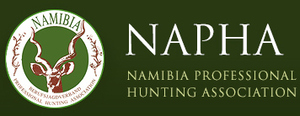
For more information about the
Namibia Professional Hunting Association
visit:
www.napha-namibia.com
For more information about the
Namibia Professional Hunting Association
visit:
www.napha-namibia.com
For articles on similar topics, please click one of the following options:

